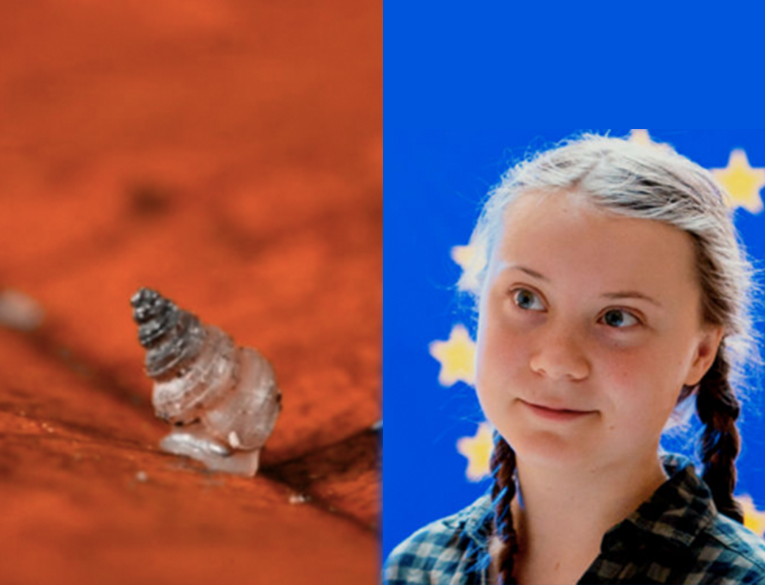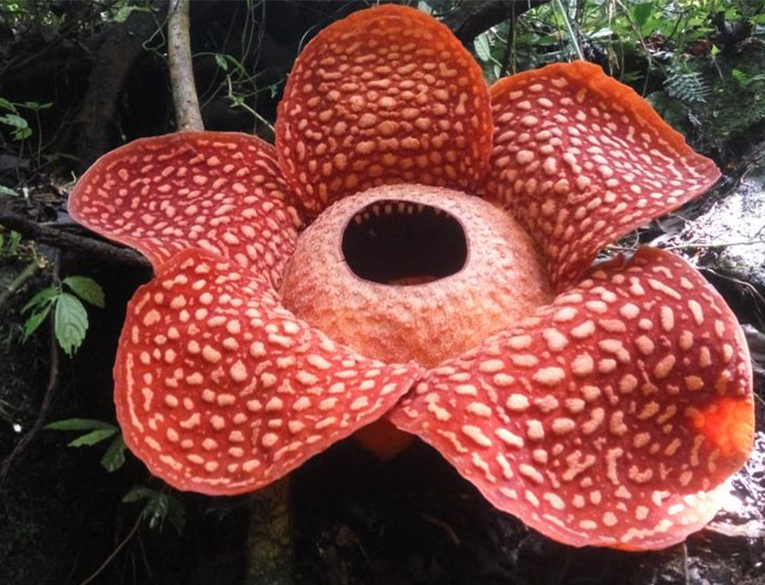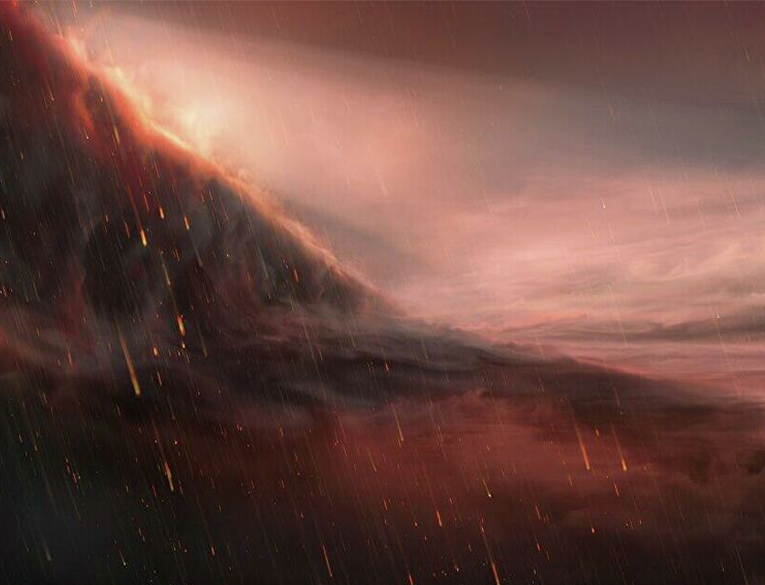1. Scientists have named a new species of a snail after Greta Thunberg

Scientists have discovered a new species of snails from the Cyclophoridae family. An international group of scientists decided to name it after the young Swedish eco-activist Greta Thunberg; its scientific name is now Craspedotropis gretathunberga.
This new species of mollusks lives in the Borneo rain forest. These snails are highly sensitive to drought and temperature extremes. For instance, in the north, the number of snails belonging to this species reaches several hundred.
Because of this “climate sensitivity,” experts from Brunei, the Netherlands, Malaysia, Italy, and France decided to name the snails after Thunberg. According to scientists, it is her generation that will be solving global environmental problems.
The candidacy of the 17-year-old Greta Thunberg has been nominated for the Nobel Prize twice, and she was also chosen as the 2019 Person of the Year.
Greta Thunberg became known all over the world after she began skipping school on Fridays, starting in August 2018, in order to organize solitary pickets outside the parliament building in Stockholm, demanding to take action to prevent global warming.
2. Scientists managed to grow beans on martian soil
Since November 2018, scientists from the Wageningen University & Research (the Netherlands) have been growing string beans in martian and lunar soil, and the first results of the experiment have already been received.
This series of experiments is so special because a part of the crop is fertilized with human urine in the form of struvite that was obtained from wastewater purification installations in several cities.
The purpose of this experiment is to provide future colonists of the moon and Mars with their own food. However, growing plants is not enough, as it is also necessary to process the feces of astronauts into fertilizer for plants.
Sixty pots were filled with analogs of lunar and martian soil (in fact, it was sand from the deserts of Arizona and Nevada, which is similar in its properties to the real lunar and martian soil), as well as regular potting soil.
Differences in growth quickly became apparent, with plants growing best in potting soil and in an analog of the lunar soil with added struvite. Plants growing in martian soil with struvite were falling behind, which surprised scientists. In previous experiments, martian soil showed better results than lunar soil. Plants in pots without added struvite did not even reach 25 cm and were significantly lagging behind.
The first plants started budding on December 20, which is much faster than it was expected, with first beans appearing within two months. Beans from both the artificial lunar soil and the potting soil appeared first, and the harvest from the martian soil took one week longer. Pots containing struvite gave almost a kilo of beans, whereas plants without struvite gave almost no beans.
3. World’s largest flower was found in Indonesia

A flower the diameter of which exceeds 120 centimeters was found in Indonesia – its size makes it the largest flower in the world.
In the Indonesian province of West Sumatra, scientists have discovered the largest flower in the world that belongs to the Rafflesiaceae family. It reaches almost 120 centimeters in diameter, making it the largest flower that has ever been discovered. It should be noted that the previous record belonged to a plant of the same species, which was 10 centimeters smaller.
Rafflesia is a genus of parasitic plants that grow on several islands and peninsulas of the Pacific Ocean. This plant has neither roots nor chlorophyll. Its distinctive feature is its gigantic flowers, some of which can reach a diameter of more than 1 meter and weigh more than 10 kilos.
In plain terms, rafflesia feeds on a host plant, taking water and nutrients from it. It becomes noticeable when it breaks through the host plant to reveal its flowers. By the way, it became known that this flower has an unpleasant smell, similar to rotten meat. With the help of it, the plant attracts insects that pollinate it. Rafflesia only blooms for a week and then withers.
4. Scientists discovered a planet where it rains iron
The planet WASP-76b is about 649 light-years away from Earth and is located in the Pisces constellation. The temperature of this exoplanet on the day side reaches more than 2,400 degrees Celsius, high enough to vaporize metals.
It is known that this planet rotates around its own axis for the same amount of time that is revolves around the star. Therefore, it is always facing its sun only on one side.
During observations, astronomers found that the day and night sides of WASP-76b have different temperatures, and also different chemical processes occur on these sides. The lines of iron vapor at the borders of two sides of the planet confirm this fact.

Astronomers have recorded an unusual phenomenon on the planet: strong spectral lines of iron vapor. Scientists suggest that winds transfer pairs of metals from one side of the planet to the other, and they condense into iron drops that resemble rain.













